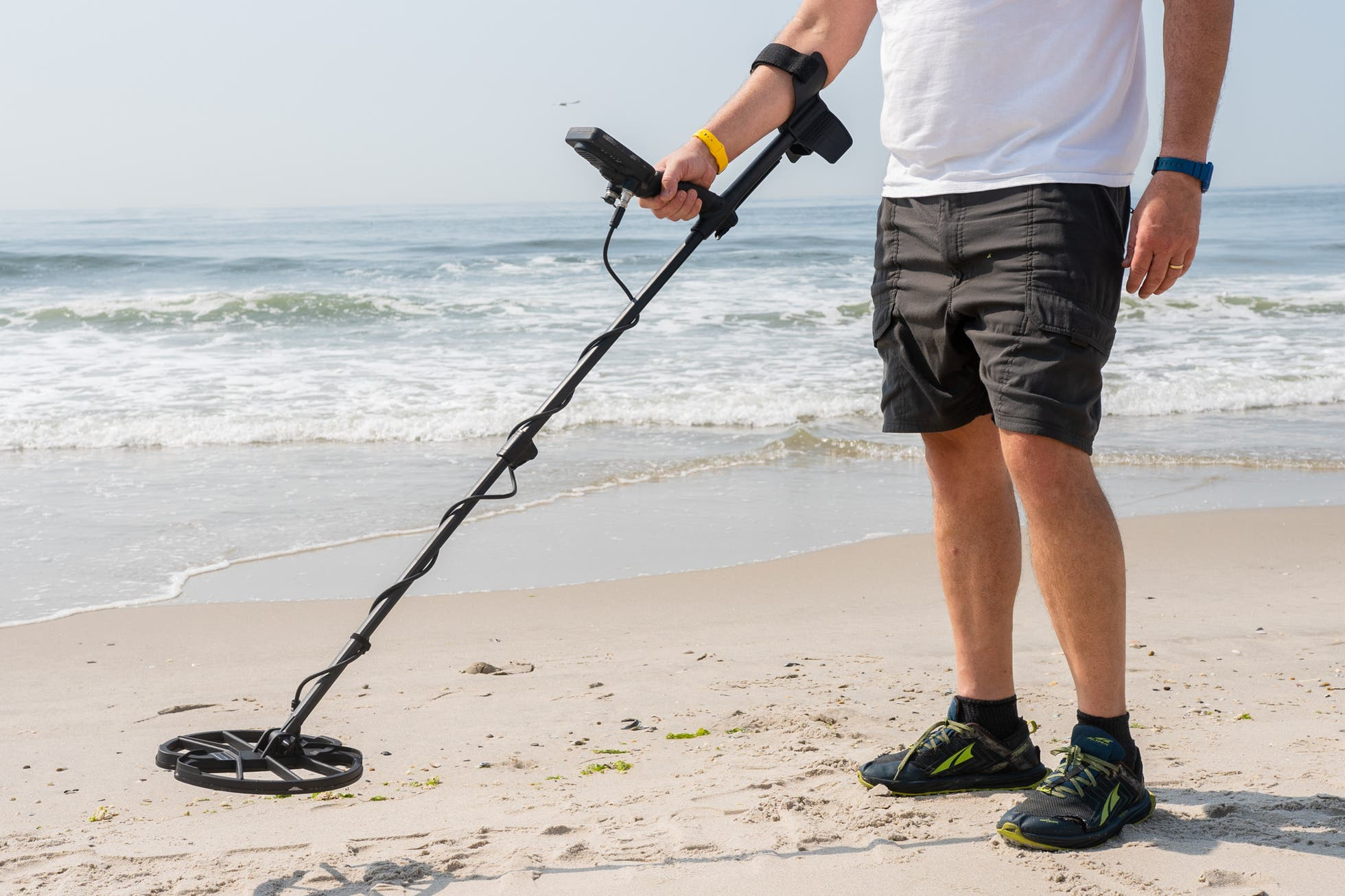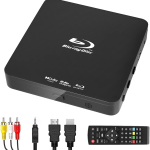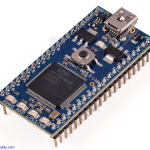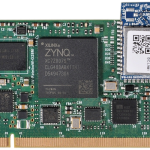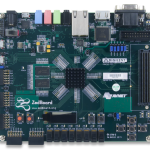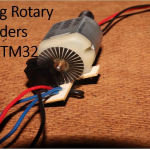Metal detecting can be an exhilarating hobby, and for many, it’s a passionate quest for hidden treasures. Whether you’re searching for lost coins in your backyard or anticipating a historical find at the beach, the excitement is undeniable. For those interested in the art of metal detecting, building your own metal detector can be both a cost-effective and rewarding venture. With advancements like the STM32 metal detector, enthusiasts are discovering incredible depth capabilities, allowing them to locate objects buried deep beneath the surface. Combine this with the versatility of Arduino metal detecting projects, and you have a DIY approach that enhances the thrill of discovery, making it easier to learn how to metal detect effectively and efficiently.
The practice of searching for metals via handheld devices has captivated thrill-seekers and historians alike. This activity, often seen as a treasure hunt, allows individuals to uncover relics that have been hidden for ages. Whether you’re crafting custom detection devices or experimenting with pulse induction detectors, there’s a world of innovation within this field. Enthusiasts leverage technology through platforms like Arduino, blending programming with practical applications to create unique metal detection tools. Embracing various techniques and methods, hobbyists can enhance their skills and increase their chances of striking gold—or at least, finding something valuable!
The Advantages of Building Your Own Metal Detector
Building your own metal detector can be a rewarding and cost-effective venture. It allows you to customize the features according to your personal preferences and specific needs. Unlike commercially available models, which often come with a price tag well into the hundreds, creating a metal detector with an STM32 or Arduino platform can be done for a fraction of that cost. This way, not only do you save money, but you also gain valuable hands-on experience with electronics and programming.
Moreover, a DIY approach often results in a device that outperforms store-bought detectors in specific conditions. For instance, if you decide to incorporate a pulse induction detector design, you can create a machine capable of identifying targets at greater depths than typical BFO detectors. This flexibility in design means you can adapt your metal detector for various environments, from sandy beaches to mineral-rich terrains.
Understanding Pulse Induction Metal Detectors
Pulse induction (PI) metal detectors provide significant advantages over traditional models. They operate by sending short bursts or pulses of energy, which allows them to penetrate deep into the ground, making them ideal for finding valuable objects buried deep beneath the surface. This is particularly useful in areas where mineralization can affect the performance of other types of detectors, such as BFO detectors, which often struggle with sensitivity due to interference from soil minerals.
In addition to their depth capabilities, pulse induction detectors are less influenced by ground conditions. When you build your own PI metal detector, as Mirko demonstrated with his STM32 model, you can utilize advanced electronics to maximize performance. The combination of technologies, such as the Arduino IDE for coding and specific components like an LED module for visual feedback, enhances the usability and effectiveness of the device in the field.
Using Arduino for Metal Detecting Projects
Incorporating Arduino into your metal detecting project can significantly enhance functionality and ease of use. Arduino platforms allow for flexibility in programming, making it simple to implement features such as sensitivity adjustments and target discrimination. For enthusiasts looking to build an efficient detector, utilizing an Arduino combined with other components, like a Blue Pill STM32 module, enables the creation of a machine that suits their particular metal detecting needs.
An Arduino-based metal detector project can provide an excellent platform for those new to electronics, offering ample opportunities to learn about circuit design, coding, and sensor integration. Resources such as online tutorials and community forums make it easy to find support, share designs, and troubleshoot issues. By following structured guides on how to metal detect effectively, you can potentially enhance your skills while enjoying your DIY metal detecting experience.
Key Features of Effective Metal Detectors
When it comes to metal detectors, certain features can significantly enhance your detecting experience. Among these, depth detection capabilities are crucial. A well-designed device, such as a pulse induction detector, can often reach depths exceeding 30 cm for coins and much deeper for larger metal objects. Moreover, modern detectors incorporate user-friendly interfaces, which might include rotary encoders for adjusting sensitivity and visual displays that indicate the type and size of detected metal.
Additionally, comfort and ergonomics play an essential role in effective metal detecting. A lightweight design paired with adjustable components ensures that users can search for extended periods without fatigue. As you build your own metal detector, consider materials that balance strength and weight, as well as how the detector will perform in various terrains, whether it’s sand at the beach or enriching soil in forests.
Tips for Maximizing Metal Detecting Success
To maximize your success while metal detecting, it’s essential to choose your locations wisely. Research areas with historical significance or known treasure findings can increase your chances of making valuable discoveries. Additionally, perseverance is key; sometimes it takes numerous outings before striking gold—or silver. Utilizing the capabilities of your custom-built metal detector to identify potential sites plays a crucial role in this.
Moreover, understanding the different types of metal close to the surface and their electromagnetic signatures can improve your detecting efficiency. For instance, knowing how various metals react differently in the presence of electromagnetic pulses will help you refine your hunting approach. Engaging with local metal detecting communities can also provide insights into successful techniques and unexplored locations.
The Role of LSI in Metal Detecting
Latent Semantic Indexing (LSI) plays a vital role in producing content that resonates with both readers and search algorithms. By integrating terms related to metal detecting, such as ‘build your own metal detector’ and ‘Arduino metal detecting,’ content becomes more engaging and contextually relevant. This strategy not only aids in attracting a broader audience but also helps to establish credibility through comprehensive, informative posts.
Implementing LSI effectively involves aligning your writing with related concepts, enhancing the thematic cohesion of your content. For instance, discussing pulse induction technology and its advantages alongside DIY building tips caters to users interested in both learning about technologies and practical applications, thus optimizing the article for better search engine visibility and user engagement.
Common Mistakes to Avoid in Metal Detecting
When venturing into metal detecting, beginners often make several common mistakes that can hinder their success. One of the most frequent errors is underestimating the importance of conducting thorough research before heading out. Understanding local laws, researching historical sites, and familiarizing oneself with the terrain can make a significant difference in your overall success.
Another mistake to avoid is neglecting the maintenance of your metal detector. Just like any other piece of equipment, metal detectors require regular checks to ensure optimal performance. This includes testing batteries, ensuring coils are functioning properly, and undertaking care for any electronic components used in custom builds, such as those involving the STM32 module.
Exploring Advanced Metal Detecting Techniques
As you gain experience, exploring advanced metal detecting techniques can lead to greater discoveries. Techniques such as ‘Grid Searching,’ where users systematically check sections of land in straight lines, can increase the likelihood of finding concealed treasures. Additionally, learning to differentiate signals through your metal detector’s audio cues can help you identify the type of metal and increase your efficiency.
Moreover, pairing your metal detector with ground balancing techniques improves accuracy. This adjustment corrects for mineralization in the soil, enhancing the detector’s ability to focus on specific targets. Advanced users often experiment with settings, adjusting their devices in real-time to improve performance based on varying ground conditions.
Joining the Metal Detecting Community
Joining a community of metal detecting enthusiasts can significantly enhance your experience. Engaging with like-minded individuals allows for knowledge sharing, participation in group hunts, and learning from others’ successes and mistakes. Online forums and local clubs provide excellent resources where you can seek advice on building your own detector or inquire about advanced techniques and local histories.
Attending community events, workshops, and competitions not only expands your network but can also inspire creativity in building your devices. Many experienced hobbyists are eager to share their insights, from selecting the best components for a DIY metal detector to customizing settings for different types of terrain. These communal learning opportunities enrich the hobby and can lead to lifelong friendships.
Frequently Asked Questions
How do I build my own metal detector using Arduino?
Building your own metal detector with Arduino is a rewarding project. You can start by gathering components like a coil, an Arduino board, and necessary electronics. There are numerous tutorials online that guide you through the assembly process—look for an Arduino metal detecting project that incorporates basic circuitry and programming to detect metals effectively.
What are the advantages of pulse induction detectors in metal detecting?
Pulse induction detectors are advantageous for metal detecting as they can penetrate deeper into the ground compared to other types, like BFO detectors. These detectors send short bursts of energy through a single coil, allowing them to detect large metal objects at significant depths, often over 80 cm. This makes pulse induction metal detectors ideal for varied terrains and mining sites.
Can I use an STM32 microcontroller for metal detecting projects?
Yes, using an STM32 microcontroller for metal detecting projects can enhance performance. For instance, Mirko’s STM32-based pulse induction detector not only performs well but also has features like sensitivity adjustment via a rotary encoder. This microcontroller allows for advanced programming and better metal detection capabilities compared to simpler circuits.
What should I consider when choosing a metal detector for treasure hunting?
When choosing a metal detector for treasure hunting, consider your budget, the type of detector (like pulse induction vs. BFO), and the terrain you plan to search. Ensure that the device has a good detection depth, sensitivity to various metals, and user-friendly features. Remember that initial investment in quality equipment can influence your success in finding valuable items.
How deep can pulse induction metal detectors detect objects?
Pulse induction metal detectors can detect objects at impressive depths. For example, Mirko’s STM32-based model can locate coins up to 30 cm deep and larger objects over 80 cm. Depth capability often depends on the specific model and the surrounding soil conditions, making pulse induction detectors a great choice for deep treasure hunting.
What is the difference between BFO and pulse induction metal detectors?
BFO (Beat Frequency Oscillation) detectors use two coils to create a beat frequency, making them more susceptible to interference from soil mineralization. In contrast, pulse induction metal detectors utilize a single coil that sends and receives pulses, allowing for greater detection depth and reduced sensitivity to soil conditions, making them suitable for diverse environments.
| Aspect | Details |
|---|---|
| Investment | Initial equipment investment is crucial for profitability. |
| Homemade Detectors | Building your own metal detector can be economically advantageous. |
| Mirko’s STM32 Detector | This detector can detect coins at a depth of 30 cm and large metal objects at over 80 cm. |
| Pulse Induction vs BFO | Pulse induction uses single coils for better performance in mineralized soils compared to BFO. |
Summary
Metal detecting is an exciting hobby that can lead to valuable finds, but it’s essential to approach it strategically. Understanding the importance of your investment in metal detecting equipment can significantly impact your success. As demonstrated by Mirko’s STM32-based detector, building a custom device can provide superior performance in detecting metals even at impressive depths. Embracing pulse induction technology over traditional BFO systems can enhance your chances of finding treasures, particularly in challenging environments.

